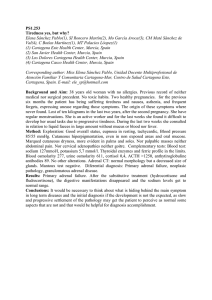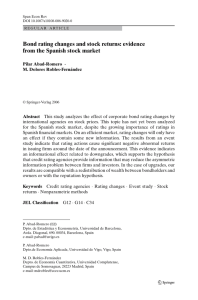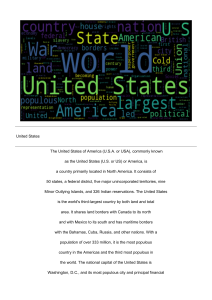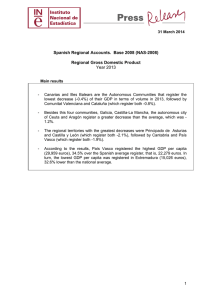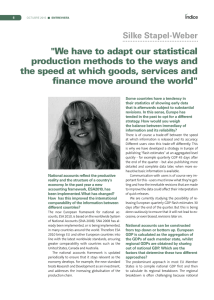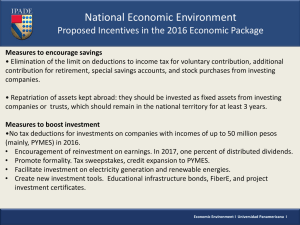The Euro-Sting revisited: PMI versus ESI to obtain euro area GDP
Anuncio
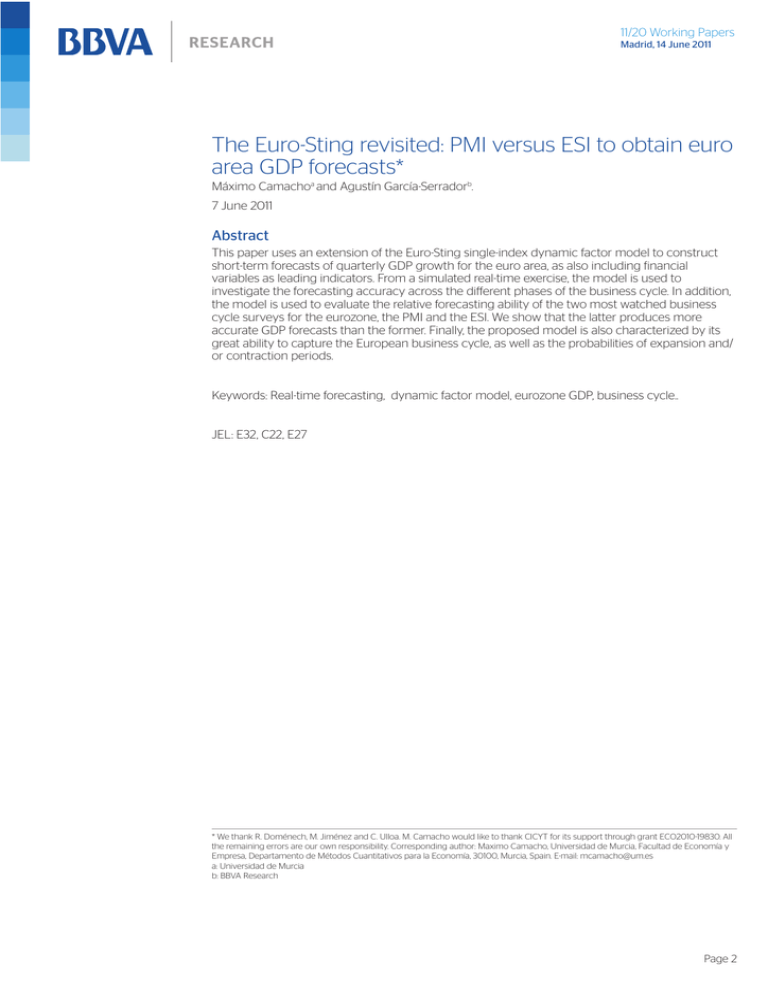
11/20 Working Papers Madrid, 14 June 2011 The Euro-Sting revisited: PMI versus ESI to obtain euro area GDP forecasts* Máximo Camachoa and Agustín García-Serradorb. 7 June 2011 Abstract This paper uses an extension of the Euro-Sting single-index dynamic factor model to construct short-term forecasts of quarterly GDP growth for the euro area, as also including financial variables as leading indicators. From a simulated real-time exercise, the model is used to investigate the forecasting accuracy across the different phases of the business cycle. In addition, the model is used to evaluate the relative forecasting ability of the two most watched business cycle surveys for the eurozone, the PMI and the ESI. We show that the latter produces more accurate GDP forecasts than the former. Finally, the proposed model is also characterized by its great ability to capture the European business cycle, as well as the probabilities of expansion and/ or contraction periods. Keywords: Real-time forecasting, dynamic factor model, eurozone GDP, business cycle.. JEL: E32, C22, E27 * We thank R. Doménech, M. Jiménez and C. Ulloa. M. Camacho would like to thank CICYT for its support through grant ECO2010-19830. All the remaining errors are our own responsibility. Corresponding author: Maximo Camacho, Universidad de Murcia, Facultad de Economía y Empresa, Departamento de Métodos Cuantitativos para la Economía, 30100, Murcia, Spain. E-mail: [email protected] a: Universidad de Murcia b: BBVA Research Page 2




